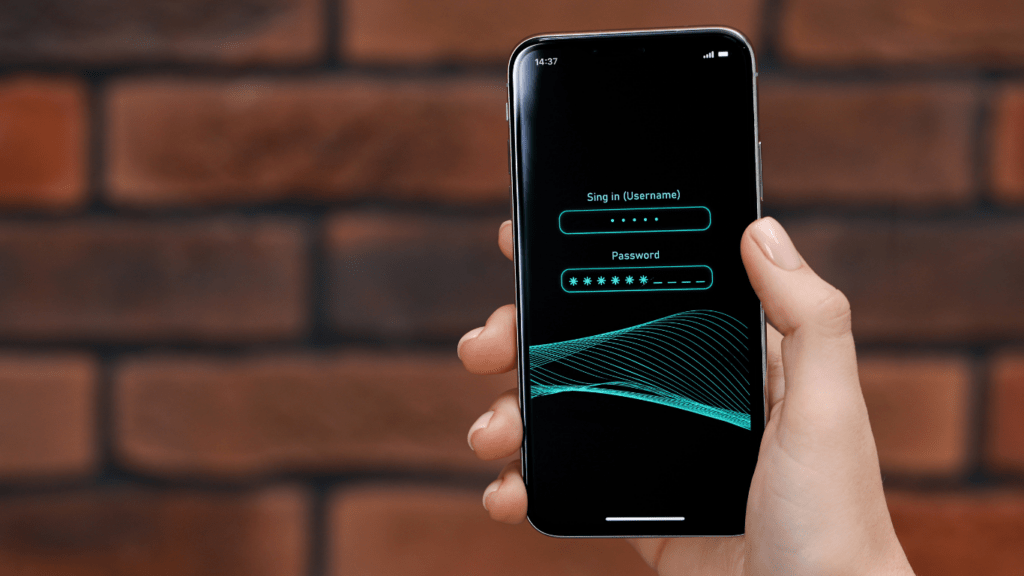Overview of Crypto Wallet Security
Securing crypto wallets is vital to safeguard digital assets from cyber threats. I’ll break down the key reasons and types of wallets to consider.
Why Security Is Crucial for Crypto Wallets
Crypto wallets hold private keys that give access to digital currencies. If compromised, the funds within these wallets are lost. Security gaps can lead to hacking incidents, resulting in financial losses.
For example, in 2021, crypto-related crimes amounted to $14 billion in losses. Securing wallets ensures that assets remain safe even in high-risk environments.
Types of Crypto Wallets
Crypto wallets come in various forms, each with distinct security features.
- Hardware Wallets: These physical devices store private keys offline, making them immune to online hacking attempts. An example is the Ledger Nano X.
- Software Wallets: Installed on computers or smartphones, these offer convenience but require robust antivirus and anti-malware protection. Examples include Exodus and Mycelium.
- Paper Wallets: Printed keys and QR codes eliminate digital threats, but physical security becomes essential. An example is printing a Bitcoin address with its private key.
- Web Wallets: Accessible from any browser, these offer ease of use but depend on the security measures of the service provider. Examples include Coinbase and MetaMask.
- Mobile Wallets: These apps offer portable and easy access, but security depends heavily on the user’s device protection. Examples include Trust Wallet and Electrum.
Key Security Features in Crypto Wallets
I find that selecting a digital wallet equipped with robust security features is essential for safeguarding cryptocurrency investments. These features address various characteristics that enhance protection and ensure user control over their assets, especially against cyber threats and unauthorized access.
Multi-Factor Authentication
Multi-Factor Authentication (MFA) adds an extra layer of security by requiring users to authenticate through multiple methods.
Many crypto wallets now offer MFA, combining something you know (like a password) with something you have (like a mobile device).
For example, Google Authenticator and Authy are popular 2FA apps integrated into wallets like Coinbase and Binance. This reduces the risk of unauthorized access, ensuring only the rightful owner can access the wallet.
Non-Custodial Options
Non-custodial wallets provide users with full control over their private keys. Users are solely responsible for managing their private keys, meaning the wallet provider cannot access or control the funds.
Examples include hardware wallets like Ledger Nano X and Trezor, which store private keys offline. This minimizes the risk of hacking, as there is no third-party involvement. Users must securely store their recovery phrases to prevent loss of access.
Regular Updates and Patches
Regular updates and patches ensure that crypto wallets remain secure against new vulnerabilities. Wallet developers continually improve security measures by releasing updates that address identified issues.
For instance, wallets like Exodus and Electrum regularly update their software to mitigate potential threats. Users should ensure their wallets are set to update automatically or check for updates frequently to benefit from the latest security enhancements.
By incorporating these key security features, users can significantly reduce the risk of compromising their digital assets and ensure a safer cryptocurrency experience.
Advanced Security Technologies

In the evolving world of cryptocurrency, advanced security technologies ensure the robust protection of digital assets. By integrating these technologies, users can experience a higher level of security.
Hardware Security Modules
Hardware Security Modules (HSMs) offer an additional layer of protection by securely storing cryptographic keys. HSMs provide tamper evidence, ensuring that any unauthorized attempts are noticeable.
They handle encryption, decryption, key management, and other cryptographic functions, making them crucial for high-security environments. For example, Ledger Nano X and Trezor Model T integrate HSM technology to enhance security.
Multi-Signature Support
Multi-Signature (Multi-Sig) support requires multiple approvals for transactions, reducing the risk of unauthorized transfers. This feature involves setting a standard where multiple private keys must validate a transaction before execution.
For instance, a 2-of-3 Multi-Sig wallet means two out of three keys are needed. Popular wallets like:
- Electrum
- Armory
offer Multi-Sig support for greater transaction security.
Evaluating Crypto Wallet Providers
Selecting a reliable crypto wallet provider is crucial for securing your digital assets. Assessing potential providers involves examining several key factors.
Reputation and Reviews
I check provider reputation by researching user reviews and expert analyses. Sites like Trustpilot and Reddit offer user insights, while crypto blogs provide expert opinions.
For instance, high ratings and positive user experiences often indicate a trustworthy provider. Conversely, frequent negative feedback or unresolved complaints suggest potential issues.
Compliance and Certifications
Compliance with regulations and industry standards ensures provider reliability. I look for certifications like SOC 2, ISO/IEC 27001, and PCI-DSS. For example, SOC 2 certification indicates strong data security practices. Providers adhering to GDPR or CCPA enhance trust by protecting personal data.






